Ajanta Cave Temple is the marvellous architectural wonder that depicts the rich legacy of India.Acknowledged as the world heritage site,Ajanta Caves are renowned throughout the Globe.
Shrine’s History
The Ajanta Caves are generally agreed to have been made in two distinct periods, the first belonging to the 2nd century BCE to 1st century CE, and a second period that followed several centuries later. The caves consist of 36 identifiable foundations,some of them discovered after the original numbering of the caves from 1 through 29. The later identified caves have been suffixed with the letters of the alphabet, such as 15A identified between originally numbered caves 15 and 16.The cave numbering is a convention of convenience and has nothing to do with chronological order of their construction
.jpg)
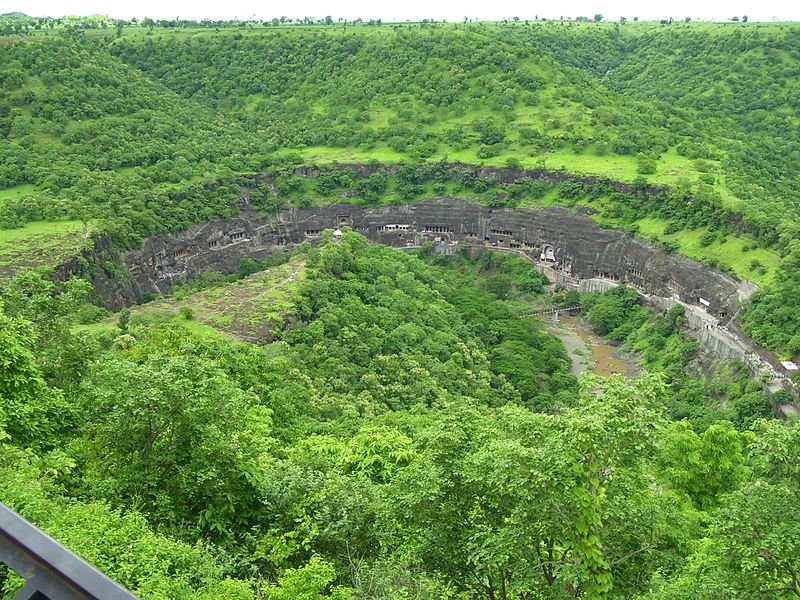
Architectural Relevance of This Shrine
Caves of the first period The earliest group constructed consists of caves 9, 10, 12, 13 and 15A. This grouping and that they belong to the Hinayana tradition of Buddhism is generally accepted by scholars, but there are differing opinions on which century the early caves were built.According to Walter Spink, they were made during the period 100 BCE to 100 CE, probably under the patronage of the Hindu Satavahana dynasty who ruled the region. Other datings prefer the period of the Maurya Empire . According to Spink, once the Satavahana period caves were made, the site was not further developed for a considerable period until the mid-5th century.
However, the early caves were in use during this dormant period, and Buddhist pilgrims visited the site according to the records left by Chinese pilgrim Fa Hien around 400 CE. Caves of the later, or Vākāṭaka, period The second phase of construction at the Ajanta Caves site began in the 5th century. For a long time it was thought that the later caves were made over an extended period from the 4th to the 7th centuries CE,but in recent decades a series of studies by the leading expert on the caves, Walter M. Spink, have argued that most of the work took place over the very brief period from 460 to 480 CE, during the reign of Hindu Emperor Harishena of the Vākāṭaka dynasty.This view has been criticised by some scholars but is now broadly accepted by most authors of general books on Indian art, for example, Huntington and Harle.
The second phase is attributed to the theistic Mahayana or Greater Vehicle tradition of Buddhism. Caves of the second period are 1?8, 11, 14?29, some possible extensions of earlier caves. Caves 19, 26, and 29 are chaitya-grihas, the rest viharas. The most elaborate caves were produced in this period, which included some refurbishing and repainting of the early caves. Spink states that it is possible to establish dating for this period with a very high level of precision; a fuller account of his chronology is given below. Although debate continues, Spink’s ideas are increasingly widely accepted, at least in their broad conclusions.
The Archaeological Survey of India website still presents the traditional dating: “The second phase of paintings started around 5th ? 6th centuries A.D. and continued for the next two centuries”. According to Spink, the construction activity at the incomplete Ajanta Caves was abandoned by wealthy patrons in about 480 CE, a few years after the death of Harishena. However, states Spink, the caves appear to have been in use for a period of time as evidenced by the wear of the pivot holes of caves constructed close to 480 CE.
According to Richard Cohen, 7th-century Chinese traveller Xuanzang’s reports about the caves, and the scattered graffiti from the medieval centuries uncovered at the site suggests that the Ajanta Caves were known and probably in use, but without a stable or steady Buddhist community presence at the site. The Ajanta caves are mentioned in the 17th-century text Ain-i-Akbari by Abu al-Fazl, as twenty-four rock-cut cave temples each with remarkable idols. On 28 April 1819, a British officer named John Smith, of the 28th Cavalry, while hunting tiger, discovered the entrance to Cave No. 10 when a local shepherd boy guided him to the location and the door. Captain Smith went to a nearby village and asked the villagers to come to the site with axes, spears, torches and drums, to cut down the tangled jungle growth that made entering the cave difficult. He then vandalised the wall by scratching his name and the date of the painting of a bodhisattva.
Since he stood on a five-foot-high pile of rubble collected over the years, the inscription is well above the eye-level gaze of an adult today.A paper on the caves by William Erskine was read to the Bombay Literary Society in 1822. Name and date inscribed by John Smith after he found Cave 10 in 1819. Within a few decades, the caves became famous for their “exotic” setting, impressive architecture, and above all their exceptional, all but unique paintings. A number of large projects to copy the paintings were made in the century after rediscovery. In 1848 the Royal Asiatic Society established the “Bombay Cave Temple Commission” to clear, tidy and record the most important rock-cut sites in the Bombay Presidency, with John Wilson as president.
In 1861 this became the nucleus of the new Archaeological Survey of India. During the colonial era, the Ajanta site was in the territory of the princely state of the Nizam of Hyderabad rather than British India.In the early 1920s, the Nizam of Hyderabad appointed people to restore the artwork, converted the site into a museum and built a road to bring tourists to the site for a fee. These efforts resulted in early mismanagement, states Richard Cohen, and hastened the deterioration of the site. Post-independence, the state government of Maharashtra built arrival, transport, facilities and better site management.
The Ajanta Caves, along with the Ellora Caves, have become the most popular tourist destination in Maharashtra, and are often crowded at holiday times, increasing the threat to the caves, especially the paintings. In 2012, the Maharashtra Tourism Development Corporation announced plans to add to the ASI visitor centre at the entrance complete replicas of caves 1, 2, 16 & 17 to reduce crowding in the originals, and enable visitors to receive a better visual idea of the paintings, which are dimly lit and hard to read in the caves.
Shrine’s Map Location and How to Go There
By Road
The nearest bus stop is Jalgaon.
By Rail
The nearest train station is Jalgaon, which connects to many cities in India. An even more major station is Bhusaval, 28km from Jalgaon. From Jalgaon, you can take a taxi to Ajanta.
By Air
The nearest Airport is Aurangabad’s airport.

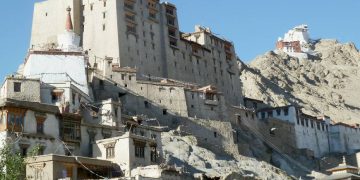

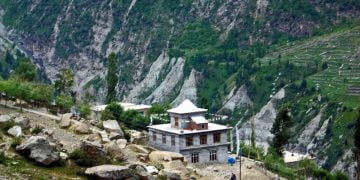
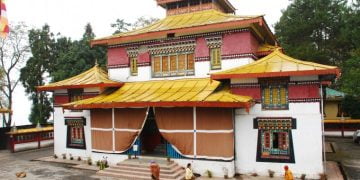

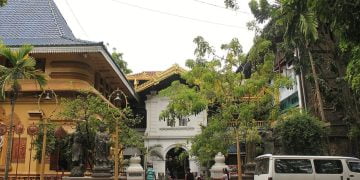
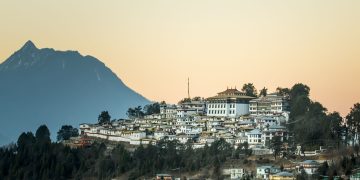
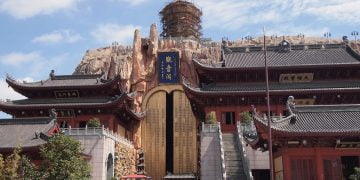
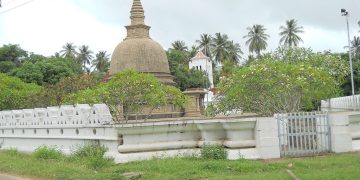
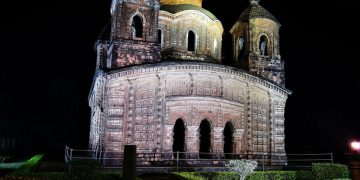
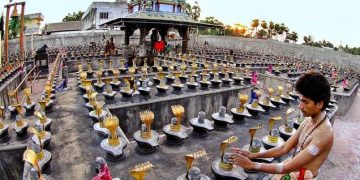

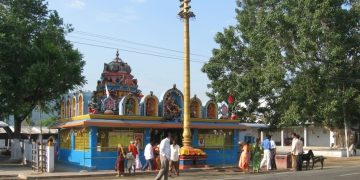
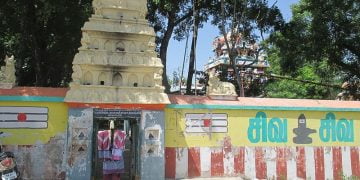
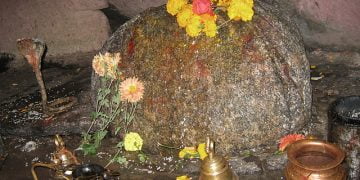
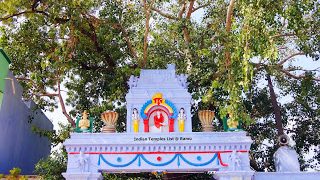
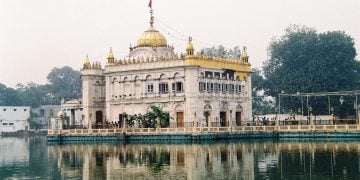
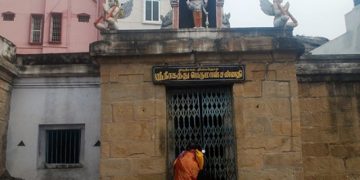
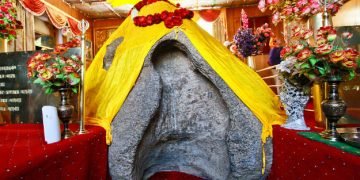
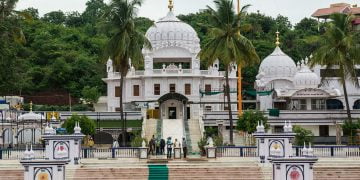

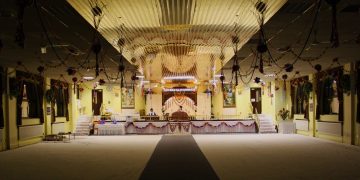
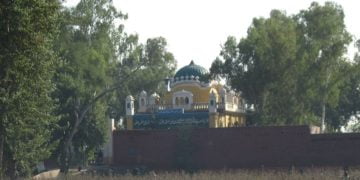
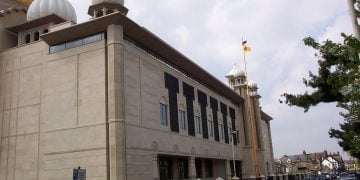
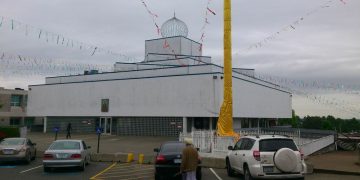
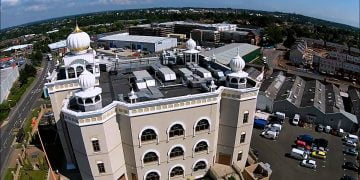
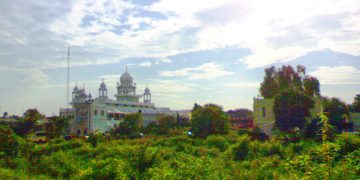
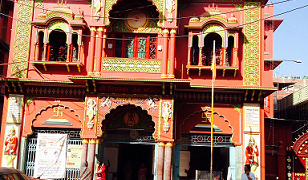
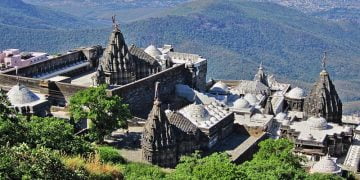
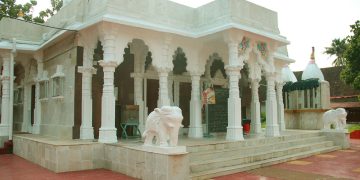
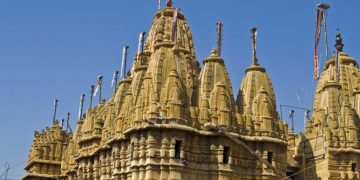
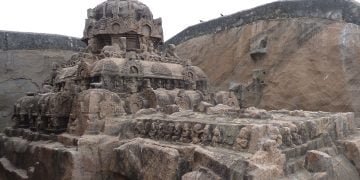
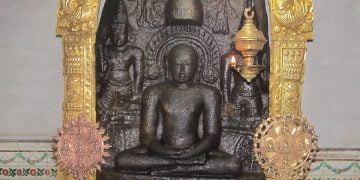
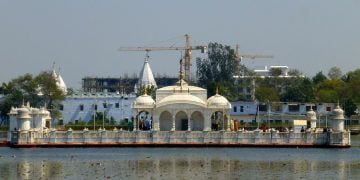

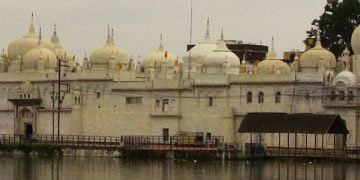



Discussion about this post